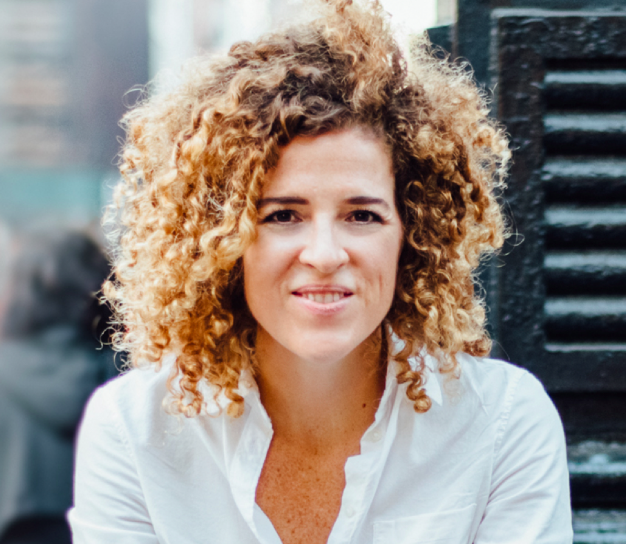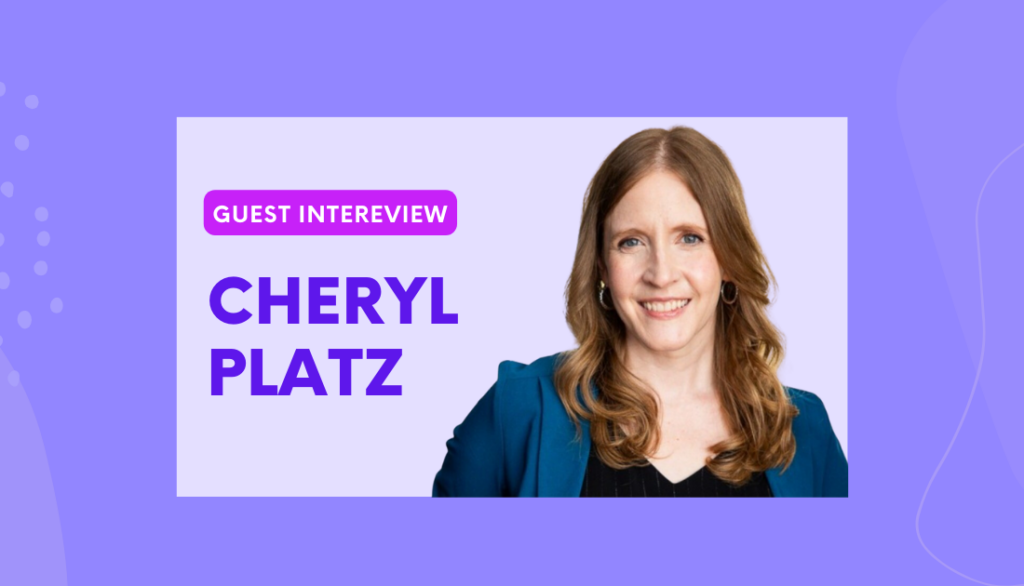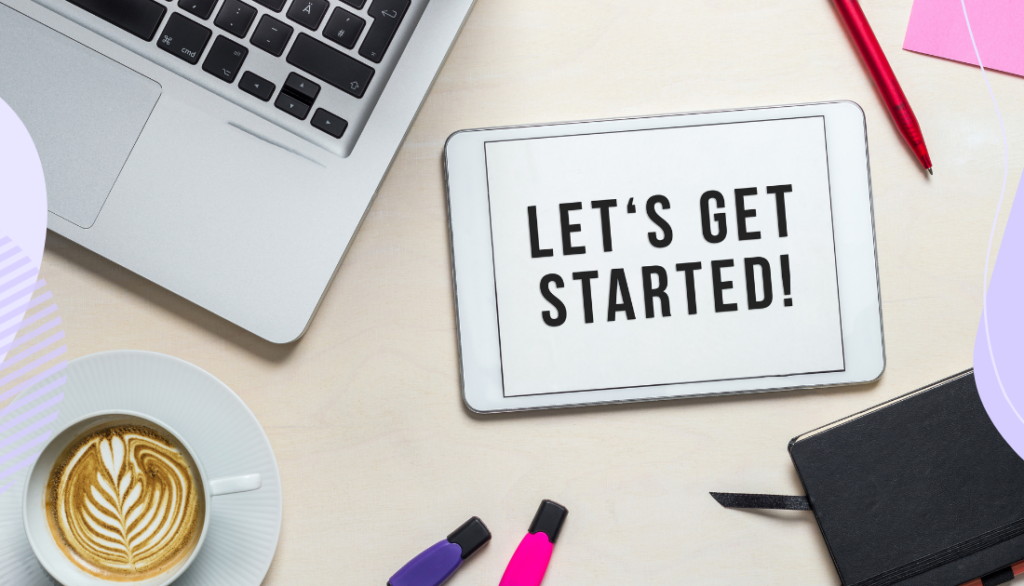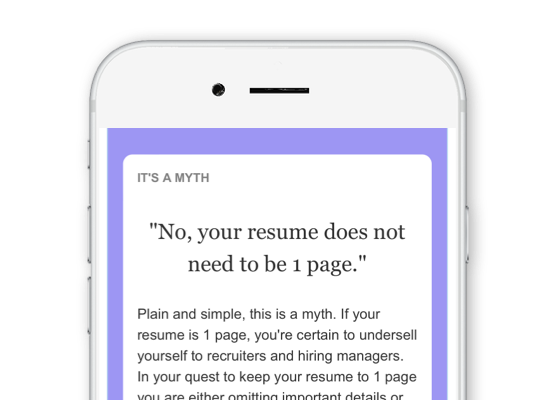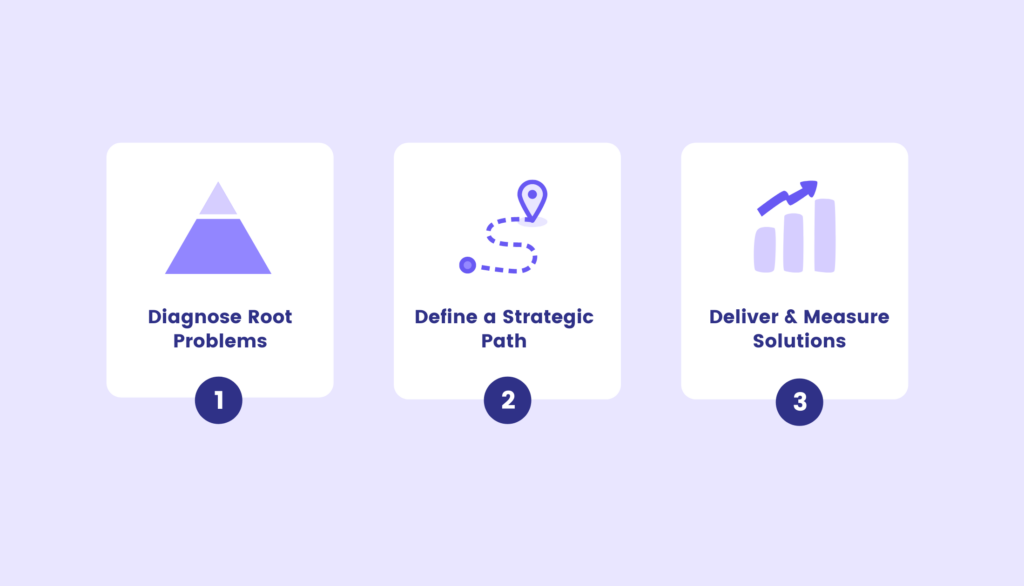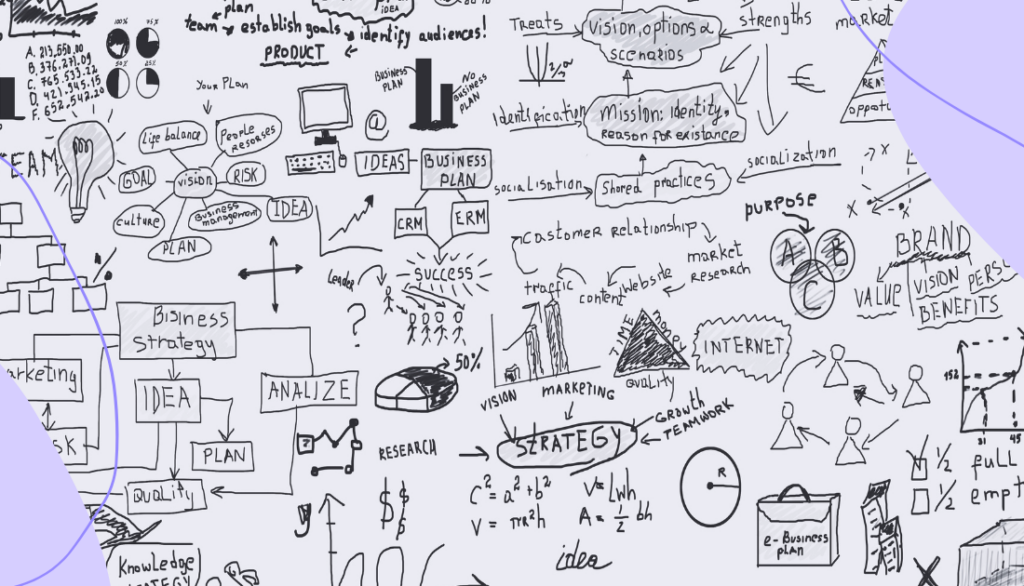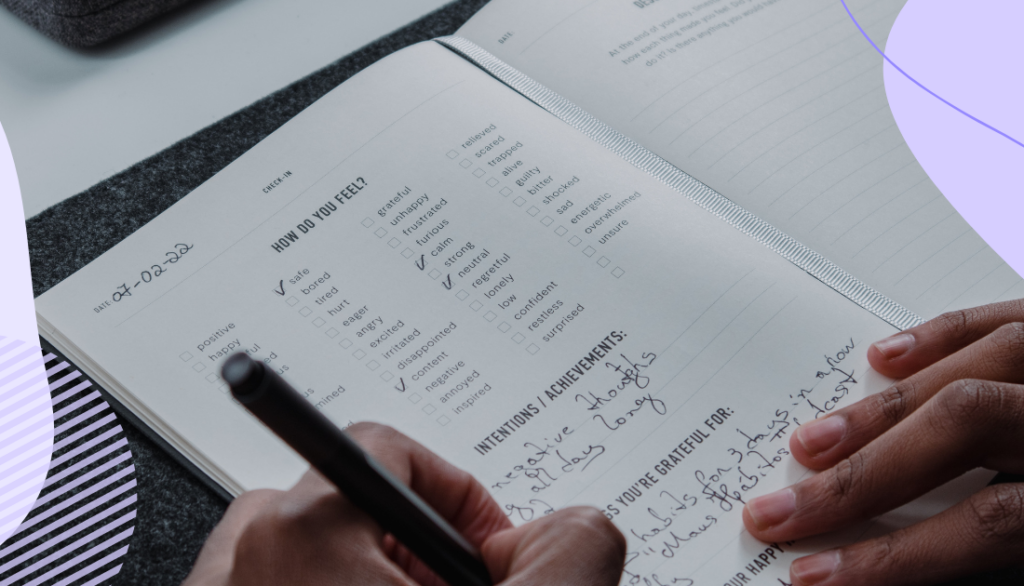Episode 66
Create a portfolio that stands out by focusing on your benefits, not features as a candidate
15 min listen
Episode 60
15 min listen
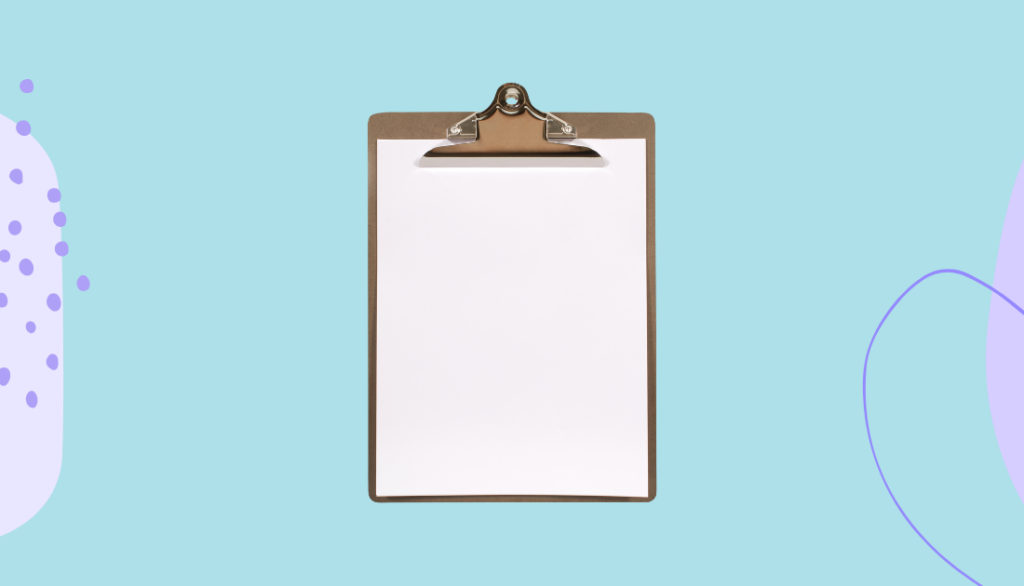
Listen to the Episode
Episode Summary
Your portfolio isn’t just a showcase of your work—it’s a sales tool. In this episode, you’ll learn how to create a portfolio that stands out by focusing on your benefits, not just your features as a candidate. Dive into the psychology behind sales and how it can transform your career strategy. We discuss the key mistake many professionals make when crafting their portfolios: focusing too much on features and not enough on the benefits.
Learn why emphasizing the benefits of your work can create a deeper connection with potential employers or clients. Discover actionable tips for crafting a portfolio that goes beyond a mere checklist of deliverables. We also explore how this approach can elevate your resume, LinkedIn profile, and interview techniques. Join us for a crash course in standing out in the competitive world of career advancement.
Whether you’re seeking new opportunities or preparing for a performance review, understanding the power of benefits over features is a game changer. Tune in and take the first step toward being the CEO of your career.
Create your dream career, and life
- Book a free Career Strategy Call to learn how we can help you
- Get our free Career Roadmap to help you navigate your career
- Check out Career Strategy Lab, our 3-month career coaching program
Discussion Questions About The Episode
- Reflect on a time when you were involved in a purchasing decision as a customer. What were the benefits that influenced your decision, and how can you apply this understanding of benefits over features to your career strategy?
- How can understanding the distinction between features and benefits enhance the way you present your work in your portfolio, resume, or during interviews? Share an example of a project or experience where emphasizing the benefits could have improved the presentation.
- In what ways can incorporating the concept of benefits over features improve your approach to communicating your value to potential employers, clients, or colleagues? How might this approach enhance your ability to create an emotional connection with your audience? 4.
- Think about a specific project or accomplishment in your career. How can you reframe the way you present this in your portfolio, resume, or interviews by including details about the benefits, the reasons behind your actions, and the outcomes of your work?
- Considering the importance of understanding sales psychology in career advancement, how can you integrate the principle of focusing on benefits into various aspects of your professional life, such as networking, performance reviews, or client interactions? What specific steps can you take to apply this principle in your current career goals?
Episode Notes & Links
Episode Transcript
Sarah Doody [00:00:00]: Hey there. I’m Sarah Doody, host of the career strategy podcast. Many professionals are seeking more impact, flexibility, growth, and let’s face it, getting paid what they’re worth. But how do you unlock this in your career? It starts with strategy. I’m taking you behind the scenes of what’s working for my career coaching clients. You’ll hear strategies and action able, yet sometimes against the grain, advice for how you can be the CEO of your career and stop dreading Mondays. Ready to level up your career? Let’s get after it. Hey, friend.
Sarah Doody [00:00:39]: Before we get to today’s episode, I wanna let you know the doors are open for my upcoming UX portfolio sprint. You can think of this as your opportunity to make massive progress on your UX portfolio in just 3 weeks with the help of myself, my team, along with our proven framework and template and toolkit that we’ve been using since 2017. Now if you’re interested, go to uxportfoliosprint.com. That’s where you can find all of the details of what’s included, who it’s for, the schedule, reviews, answers to questions, and a lot more. I wanna let you know though, there’s only 45 VIP spots available, which will get you access to our private community, all the live calls over the course of the sprint, our lightning portfolio critique sessions, and more. So visit uxportfoliosprint.com if you are at all interested or if you have friends who are also wanting to make progress on their portfolios, this would be a great chance to join and do this together. So you can have a little bit of accountability as well. Doors will close for the UX portfolio sprint on March 22nd, and we will get started on Doody, March 25th.
Sarah Doody [00:01:57]: So visit uxportfoliosprint.com if you wanna join us. I would love to see you and see all of the progress you will make in your portfolio. Welcome back to another episode of career strategy podcast. Today, we are talking about how to make a better portfolio by focusing on benefits, not features. Alright. We are gonna have a little kind of sales 101 lesson today. If you’re not familiar with sales, then buckle up because you’re gonna get a crash course in how to stand out and some of the psychology behind sales. Because at the end of the day, your portfolio is really a sales tool.
Sarah Doody [00:02:45]: Your customers are companies or decision makers involved in whether or not you are going to get hired, or they’re gonna say yes to you as being a freelancer or something like that. And learning this sales strategy is really gonna help you not just make a portfolio. But honestly, whenever you’re in a situation where you are trying to get people to say yes to an idea, etcetera. So let’s dive in. Like I said, your portfolio is really a sales tool to help people understand why they should hire or buy you if we’re being literal. So when it comes to sales and thinking about the psychology of how people make purchasing decisions, whether or not they’re gonna buy those shoes over the other shoes, or take this vacation over that vacation, or this car versus that car, etcetera. One mistake that people make when selling their product, whether shoes, houses, vacations, cars, whatever, is they focus too much on the features and not enough on the benefits. I’ll get into the differences of those two things.
Sarah Doody [00:04:08]: But at the end of the day, the person buying, the customer, they are thinking about the benefits. Let’s think about a Peloton bike. I’m a big Peloton enthusiast. And when I was purchasing my Peloton bike, in my head, I was thinking to myself, oh my gosh. The convenience of having that bike in my spare bedroom where I can just wake up or at any point in the day, get on the bike and not have to drive to a gym and have a membership and all this stuff. I was thinking about the benefits that I would reap by having the Peloton bike in my house. So for me, it was things like convenience, cost savings of not belonging to a gym, the kind of spontaneity of being a workout whenever I want and not worry that someone else was using a bike at a gym or something like that, The fitness that I would gain by focusing on cycling and many other things. Right? So that’s what I mean by people thinking about the benefits of a product.
Sarah Doody [00:05:23]: And smart companies focus on their benefits. The mistake that a lot of companies make is they focus on their features. So we see this a lot of times with companies that work in software and online tools and a lot of SaaS products and things like that, where you go to their home page, and it is just a giant list of things that the product does. And all of a sudden, you are lost in this sea of jargon and lists and terminology that you don’t even understand. And you’re thinking to yourself, okay, but, like, why would I use this? Like, what is the benefit? What is the impact of this on my life? It’s nice that it does all these things, but I don’t quite understand how the doing of these things is going to benefit me. And if you can get people to start thinking about the benefits of your product, all of a sudden, there is more of an emotional connection. Right? There’s desire created. Because when I was looking at the bike, I was, like, envisioning in myself being able to wake up and just make some coffee and get on the bike and not drive to a gym or worry about getting to the gym and someone being on the bike or the class being full or something like that.
Sarah Doody [00:07:00]: Right? And I was, like, envisioning my life with this bike in my house. But imagine their TV commercials were just like, check out the Peloton bike. It has, you know, all these features. I don’t even know what the features would be, but like this many speeds and it’s got this, you know, feature UX, y, z, blah blah blah, all this mumbo jumbo about, like, the mechanics of how a bike works and stuff. I don’t care. I am not going to be excited or drawn in by that. Like, maybe if I’m an Ironman, I care about that if I’m buying a bike, but not like just for the Peloton. Right? So we really want to focus on benefits, not features when we are selling something.
Sarah Doody [00:07:50]: And I encourage you, next time you are on the homepage of some software or heck, maybe even the company you work at, you go to their homepage, and you’re like, oh, my gosh, our homepage is just a bunch of features, not a ton of benefits. Maybe that’s why people aren’t signing up for our free trial or buying our thing. Right? So how does this relate to your portfolio? Here is the thing. A lot of portfolios read like a giant list of features. And by that, I mean, a lot of portfolios are just slide after slide after slide. First I did this, then I did that, then I did this, then I did that. First I did research, then I made some personas, then I made a wire frame, then I made some sketches, then I made some low fidelity designs, then we built this prototype, then we tested the prototype. And then the website or product went live like it is this linear, boring recipe, essentially, of what you did.
Sarah Doody [00:09:00]: When you focus on just telling us what you did, you’re not telling us about everything else. The benefit of what you did and some of the backstory. So, like, for research, for example, okay, you did research. Great. But what we also wanna hear is what happened as a result of the research? Like, what was the benefit of doing that research? Did it confirm a hypothesis? Did it prove you wrong? Did it save you from moving ahead with a idea for a product or a feature that after some research you realized no one wanted or everyone wanted it. Right? So don’t just focus on a big list of everything you did. For everything you Doody, make sure you tell us what happened or the benefit, but don’t just stop there. Also think about telling us things like why did you do that? So why did you do that research to begin with? Why did you decide on that research method? Why did you decide to focus on that specific, you know, part of the product or that thing you were researching? How did you decide on the types of people that you wanted to participate in that research? Those are the things we want to hear about that are going to speak volumes beyond just kind of an ingredient list or cookie cutter style portfolio that just essentially is kind of a checklist of a bunch of deliverables, because that is the equivalent of just listing out all your features and not telling us about the benefits.
Sarah Doody [00:10:53]: And if you put yourself in the shoes of a company hiring or, like, a potential freelance client even? When you start telling people about the benefit of what you did, then in their head, they’re thinking about, okay, if they were able to achieve or create that benefit for that project or that client, that means they might be able to do that for me. And then that starts to really create a bit of emotional connection and curiosity and makes it more personal than just a big list and bunch of screenshots of what you did. So that is our super quick lesson on sales and the importance of focusing on benefits, not just features. And this does not just apply to your portfolio. This could apply to your resume. This could apply to your LinkedIn profile. This could apply to what you say in interviews. Right? In interviews, don’t just talk about what you Doody.
Sarah Doody [00:12:07]: Talk about the benefits, talk about what happened after you did that thing, right? That is going to help you stand out. And here’s why. Because I have seen 1000 of portfolios at this point. And I will tell you, without a doubt, the bar to stand out is so low, because so many people make these cookie cutter ingredient style portfolios that only just talk about what they did and do not go below the surface and talk about the benefits, what happened, why they did it, who they did it with. Oh, it didn’t go as planned. Tell me about that, and so many other things. So I encourage you to check out your portfolio or your resume or your LinkedIn and see where you could insert more benefits. Because as a result, if you talk about your benefits, your features are gonna shine as well.
Sarah Doody [00:13:12]: But if you only talk about features, people are just gonna lose interest really quickly. Whereas if you talk about benefits, you are gonna capture people’s attention and interest. And sometimes that is what you need to flip the switch in order to start getting more interviews. That is our episode for today. I hope you learned something. If you maybe even have a friend or colleague who is working on their portfolio or even their resume or LinkedIn, like I said, this would be a really great episode to send to them so they can understand the difference between features and benefits and how important understanding sales 101 is to making sure that you stand out and catch the attention and interest of either the people involved in hiring, that freelance client you want, your boss if you’re preparing for a performance review, or so many other scenarios in your career. Alright. I will see you in the next episode.
Sarah Doody [00:14:17]: In the meantime, have a great rest of your day. Thanks for listening to the career strategy podcast. Make sure to follow me, Sarah Doody, on Twitter, Instagram, YouTube, or LinkedIn. If anything in today’s episode resonated with you, I’d love to hear about it. Tag me on social media or send me a DM. And lastly, if you found this episode helpful, I’d really appreciate it if you could share it with a friend or give us a quick rating on Spotify or review on Apple Podcasts. Catch you later.
